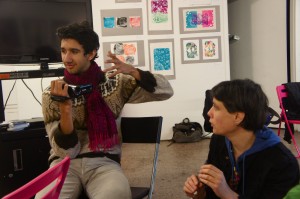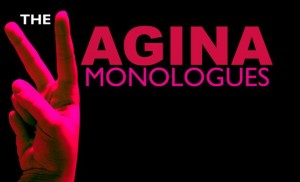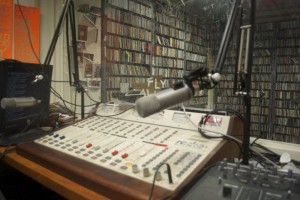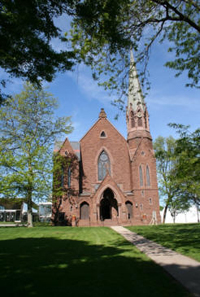A personal account by Shira Engel ’14 of “Ritual, Health, and Healing”, a course which is part of the Creative Campus initiative of the Center for the Arts.
 As anything comes to a close, reflection seems to be in order. Journals emerge, nostalgic conversations take place, and commemoration and commencement activities ensue. College courses are no exception to this rule. This is especially the case for Ritual, Health, and Healing, a class rooted in the creative self-reflection of both the students and the professors.
As anything comes to a close, reflection seems to be in order. Journals emerge, nostalgic conversations take place, and commemoration and commencement activities ensue. College courses are no exception to this rule. This is especially the case for Ritual, Health, and Healing, a class rooted in the creative self-reflection of both the students and the professors.
My friend, Hannah Cressy ’13, has covered wonderfully our trips to Brooklyn as a class to work with the St Nicks Arts @ Renaissance community center. Both Jill Sigman and Gillian Goslinga have emphasized for us the importance of deconstructing the invisible barrier between “process” and “product.” This course is all about process because that is what inspires authenticity and the ability for self- and group-reflection to take place.
To be perpetually engaged in process is not an easy task. As college students, we are, at times, taught to pump out ten-pagers and study, study, study, just for the end product of an exam. Process means to do, and then let go of results – to do for the sake of doing and let the results be what they are. This is, at least, my definition.
Two weeks ago, as we geared up for our final field trip to Brooklyn, we were a product-driven bunch. We were scrambling to find time to finish our offerings to the community. At the same time, we were unsettled with this shift in perspective – this constant doing. So, we used our Monday seminar to step back, take a deep breath, and see what it is we are actually doing in the process. We made a list on the board of the common themes of our offerings and of our experiences with the community. They included: reciprocity, interconnectedness of community, the power of listening, valuing lived experience, choosing engagement over disengagement, family, and teachers. Writing them up on the board to be seen was clarifying. It put the passion back into what we were doing and allowed us to see that the offerings we were making to the community were also offerings to ourselves, giving ourselves the gift of all that we had mentioned.







